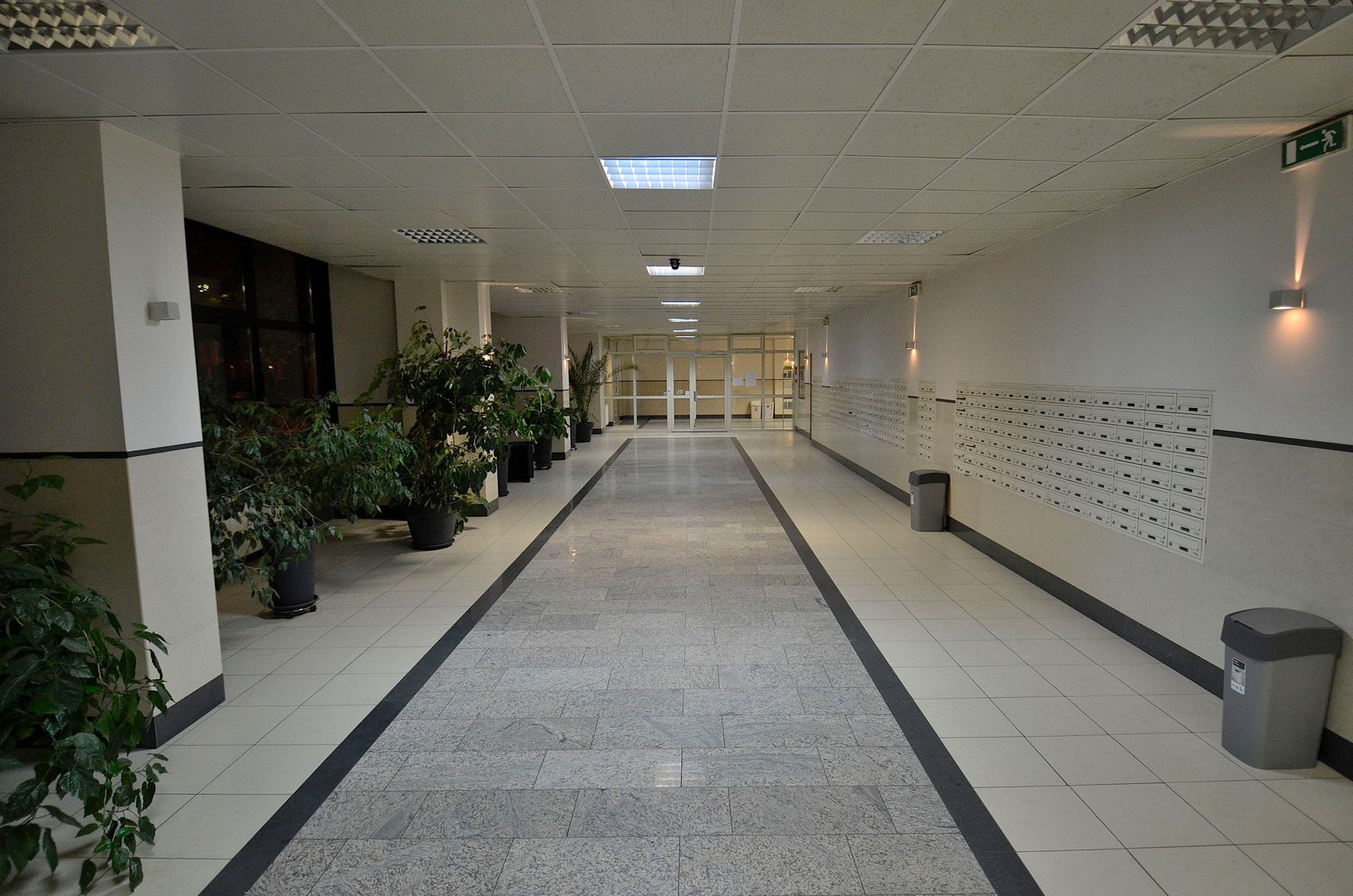The Iron Gate Housing Estate
6.26

Overview
The Za Żelazną Bramą Housing Estate, built between 1965 and 1972, is one of the iconic examples of modernist architecture in Warsaw. Designed by graduates of the Warsaw University of Technology, the project envisioned the construction of 19 high-rise towers intended to contrast with one another, while their layout aimed to create a cohesive yet diverse residential environment. The development was carried out in accordance with the directives of the ruling party, which led to an increase in the number of floors and a reduction in green spaces. The blocks were constructed using innovative monolithic poured concrete technology for that time, and their interiors featured modern solutions by the standards of the Polish People's Republic, such as semi-automatic elevators and French windows. The estate was designed not only to provide housing but also to foster social life, achieved through shared spaces and service premises located on the ground floors of the buildings. Culturally, the estate made its mark in pop culture through music, films, and various artistic events, such as the mentioned opera performance and hip-hop projects. An interesting fact is that for many years, the estate housed a computerized post office, which was a modern solution on a national scale. In the 1990s, the modernization of the buildings began, along with architectural changes that sparked considerable controversy. The appearance of the ground floors was altered, replacing the original glass storefronts with divided-light window frames, which affected the overall aesthetics of the estate. Due to intensive development and urban transformations, the area has become home to both long-term older residents and a new, younger demographic, including students and the Asian community. From a historical perspective, the estate stands as a testament to the era of the Polish People's Republic and its architectural constraints, but it has also recently begun to be viewed in a more positive light, adapting to the needs of contemporary Warsaw residents.
Location
Tickets
Powered by GetYourGuide
2025 Wizytor | All Rights Reserved